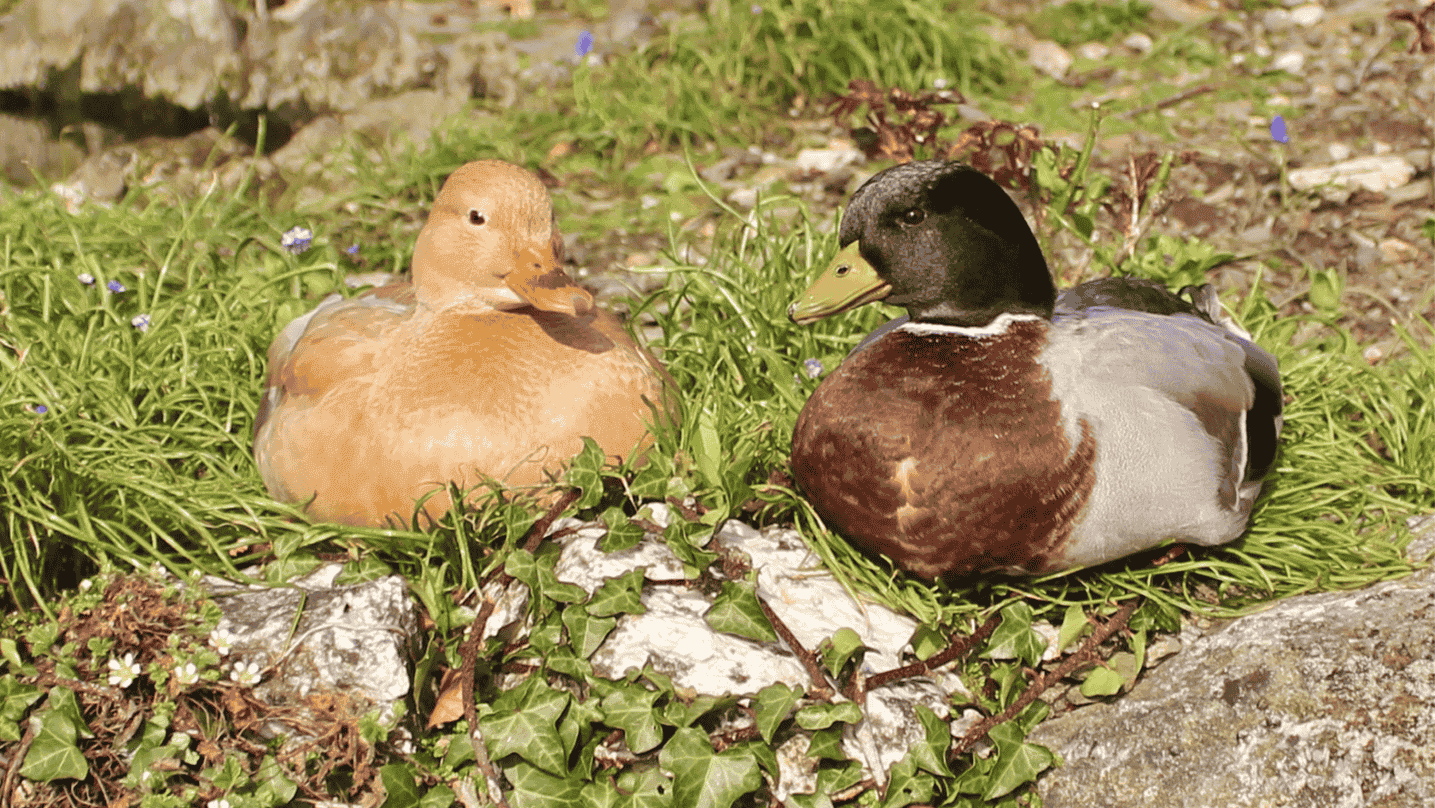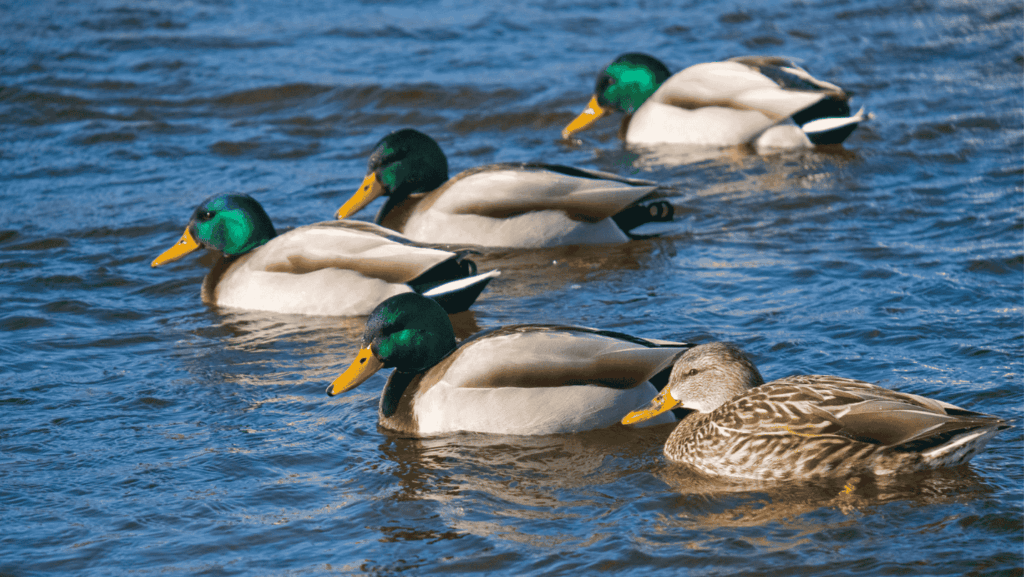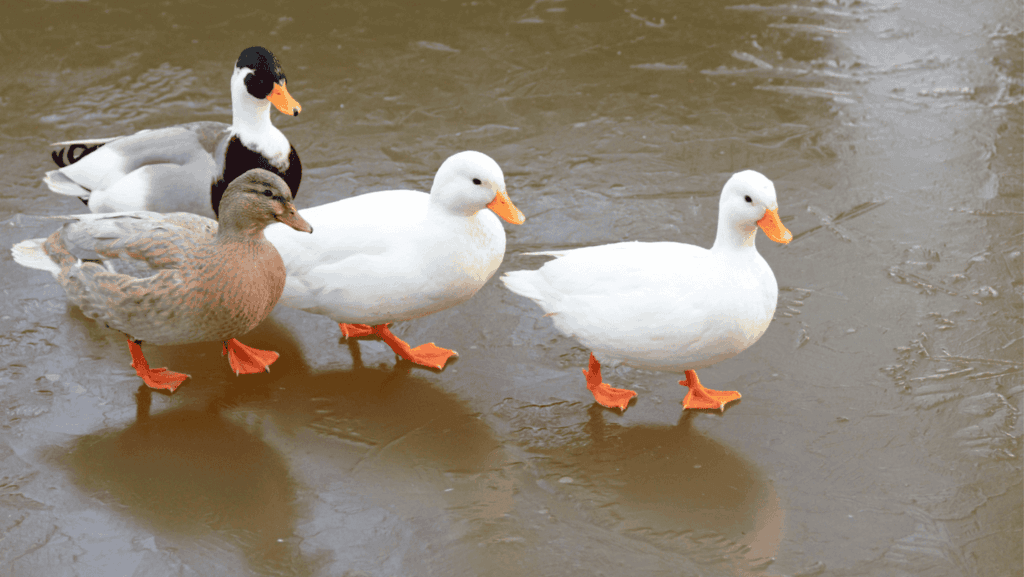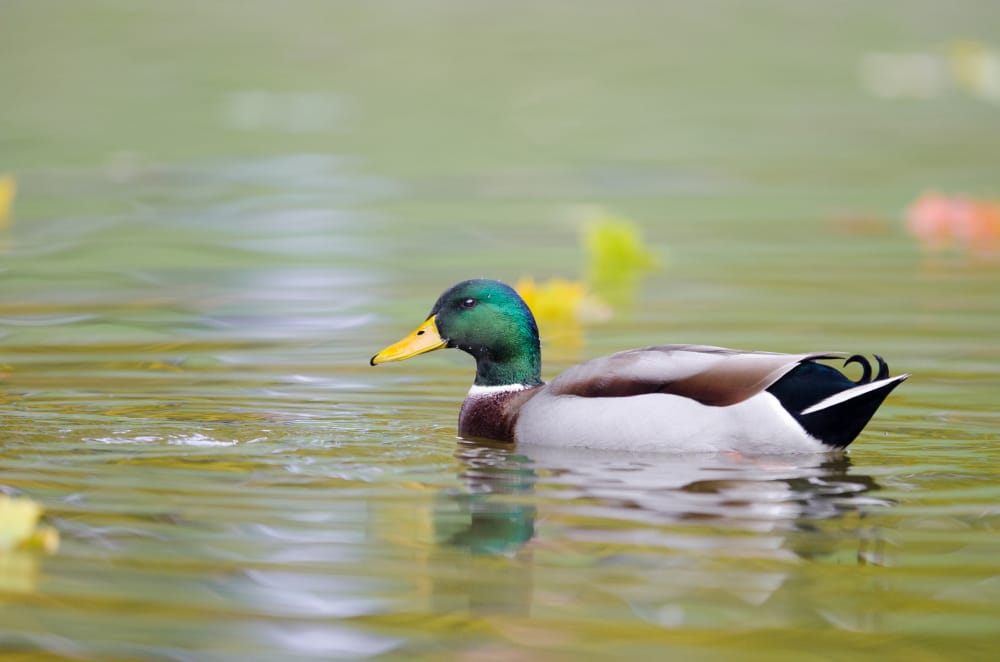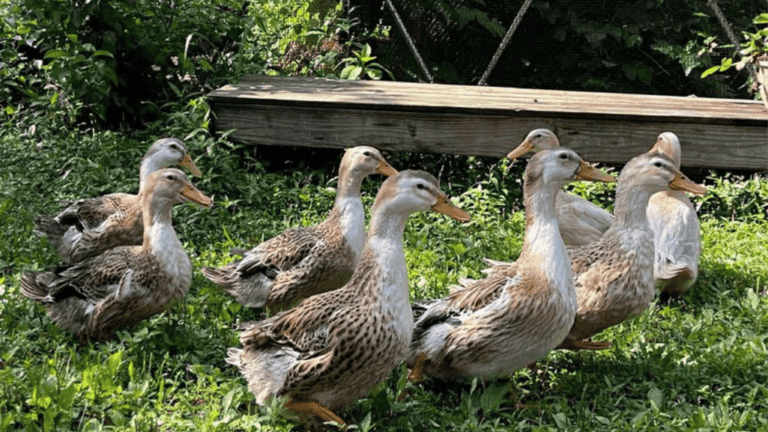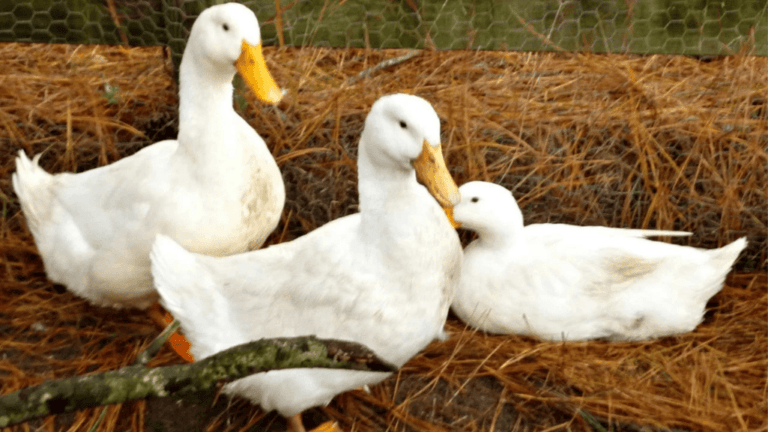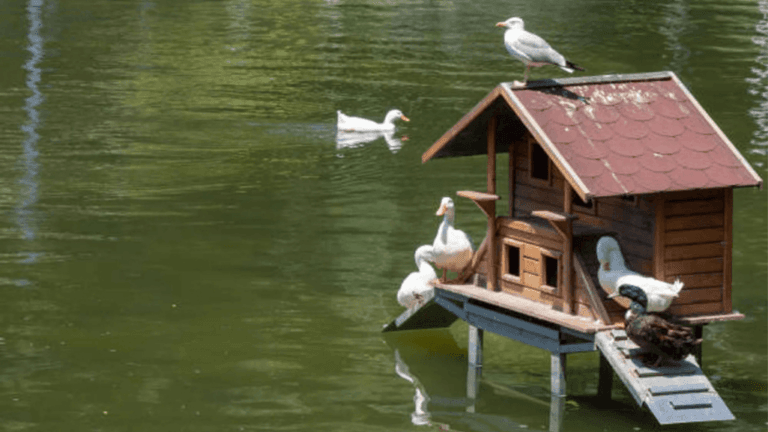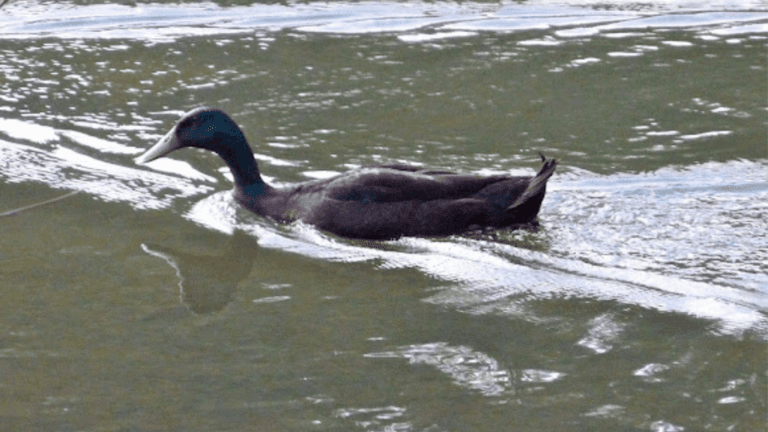Call ducks are a small type of waterfowl that have won the hearts of many. They are perfect for those with little space or a love for unique waterfowl breeds. These ducks are known for their small size and friendly nature.
These ducks came from East Asia in the 1600s and made their way to Great Britain in the 1800s. At first, they were used in hunting but now they are loved as pets and show birds. They are small, with hens weighing 15-20 ounces and drakes 19-25 ounces.
This makes them a great choice for both city and country homes. Call ducks come in many colors like black, blue, gray, pastel, snowy, penciled, and white. This variety makes them popular among breeders and enthusiasts across the US.
Key Takeaways
- Call ducks are a miniature breed, ideal for hobbyists with limited space
- They originated in East Asia and were introduced to Britain in the 1800s
- These ducks come in various colors and are popular for shows and as pets
- Call ducks are known for their friendly nature and unique vocalizations
- Breeders across the US offer call ducks in different colors and qualities
Introduction to Call Ducks
Call Ducks are a small and charming breed that have won the hearts of many around the world. They are known for their unique sounds, making them popular for those interested in duck calls and wildlife sounds. Their small size and friendly nature have made them a favorite among hobbyists and breeders.
Origin and History
The history of Call Ducks goes back to the 19th century. They were first recognized by the American Poultry Association in 1874, with grey and white varieties included in their Standard of Perfection. Over time, Call Ducks have evolved, with many color variations developed by breeders. Today, there are about twenty recognized colors in the Netherlands and the United Kingdom.
Distinctive Features
Call Ducks are known for their small size and unique quack. Adult drakes weigh about 800g, while ducks are slightly lighter. Their quacks are higher-pitched and more lively than those of larger ducks, making them perfect for practicing game bird calls. These ducks are adaptable to different climates and form strong bonds with their owners.
Popularity Among Hobbyists
Call Ducks have become increasingly popular among hobbyists. Their size is perfect for smaller spaces, and their friendly nature makes them great pets. Many people enjoy showing these ducks at exhibitions. The breed’s beauty and unique sounds have also made them favorites for those interested in wildlife calls.
| Characteristic | Description |
|---|---|
| Weight Range | 700-900g |
| Recognized Colors | Approximately 20 |
| Vocalization | High-pitched, lively quack |
| Primary Use | Ornamental and hobby |
Despite their popularity, recent data from the Domestic Animal Diversity Information System (DAD-IS) suggests that Call Ducks are now considered at risk. This highlights the need for conservation efforts by enthusiasts and breeders to ensure the breed’s survival.
Call Ducks: A Miniature Delight
Call ducks are small and have charming personalities. They are popular among duck lovers for their size and looks. Let’s explore these cute little ducks.
Size and Appearance
Call ducks are super small, weighing 15-20 ounces for hens and 19-25 ounces for drakes. They are great for people with little space. You can find them in many colors like white, black, blue, gray, and pastel.
Temperament and Behavior
Call ducks are sweet and calm, making them great pets. They bond well with people and are not easily scared. This makes them perfect for families with kids. In the past, they were even used as decoy ducks in hunting because they were so friendly.
Unique Vocalizations
Call ducks are famous for their unique sounds. They quack in a high pitch, unlike other ducks. This sound, along with their size, made them useful in hunting gear back then.
| Feature | Description |
|---|---|
| Weight | 15-25 ounces |
| Popular Colors | White, Black, Blue, Gray |
| Temperament | Sweet, Docile |
| Vocalization | High-pitched quacks |
Call ducks are a mix of charm, beauty, and personality. They are small and friendly, making them a great choice for anyone wanting a new pet or addition to their backyard.
Colorful Varieties of Call Ducks
Call ducks are a delight for those who love them, thanks to their wide range of colors. They come in many beautiful shades, each with its own special look. From classic Mallard-like patterns to bright solid colors, they are a treat for the eyes. They are perfect for both waterfowl hunting fans and enthusiasts.
The American Poultry Association (APA) first recognized Call ducks in 1874. Back then, only Mallard and White colors were accepted. By 1982, more colors were added, showing how popular they had become. Now, there are over a dozen varieties in the ABA Standard, with even more expected soon.
- Mallard and Blue Mallard
- Apricot Mallard and Apricot Silver
- Black and Chocolate
- White and Yellow Belly
- Silver and Blue Silver
Each Call duck variety has its own unique beauty. Gray Call ducks look like Mallards, while Pastel Call ducks have soft feathers. Snowy Call ducks show color differences based on gender, and Penciled Call ducks have detailed, lace-like patterns.
| Color Variety | Characteristics | Show Class |
|---|---|---|
| Mallard | Classic wild duck coloration | Grey |
| White | Pure white, large eyes | White |
| Black | Solid black plumage | Black |
| Butterscotch | Rich, warm golden hue | Butterscotch |
| Blue Silver | Soft blue-gray coloration | Silver |
Call ducks are not usually hunted, but their bright colors make them stars at shows. The UK’s Champion Waterfowl Exhibition often sees over 300 Call ducks. This shows how much breeders and fans love them.
Raising and Caring for Call Ducks
Call ducks are delightful pets that need special care because they are small. They need the right housing, food, and health care to do well. If you’re into outdoor sporting goods or just starting with pets, learning about call duck care is key.
Housing Requirements
Call ducks need safe, predator-proof places to live. Each duck should have at least 12 square feet of space in their run and half that in their pen. Mobile runs let them eat grass and stay safe from bad weather. For swimming, use washing-up bowls or kids’ sand pits. Ducks need more room than chickens because of their bigger wings.
Dietary Needs
Call ducks eat a mix of whole wheat, layers pellets, and special duck food. Adult duck pellets or chicken pellets are good for daily food. But, don’t give them avocados, citrus fruits, or raw potatoes as treats. Ducklings need special feed with niacin for strong bones. Always give them fresh water in clean containers every day.
Health Considerations
Watching your ducks every day is important for their health. Clean their home every one to two weeks. Use fresh wood shavings for their bedding. In summer, give them calcium to help hens lay eggs. For ducklings, keep their area warm at first, then cool it down by 7°F each week.
| Age | Water Consumption | Feed Type |
|---|---|---|
| 1 week | 0.5 gallons/week | Un-medicated starter |
| 7 weeks | 0.5 gallons/day | Grower feed |
| Adult | Varies | Layer pellets |
Conclusion
Call ducks are loved by hobbyists and small-scale farmers alike. They are small, friendly, and make unique sounds. They lay 50-150 eggs a year, making them fun and useful for backyard ponds or small farms.
Call ducks are popular for showing, breeding, and as pets. They are perfect for kids and those with little space because they are small. In fact, they have won many championships in the U.S., showing their skill in the show ring.
Call ducks aren’t the best for eggs or meat, but they’re great for their looks and friendly nature. They come in many colors, including white, light green, and blue. Their care and unique traits show why they’re a favorite among those looking for a fun, easy-to-manage pet.


